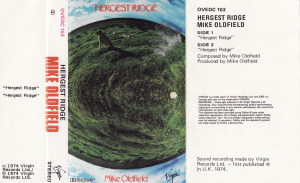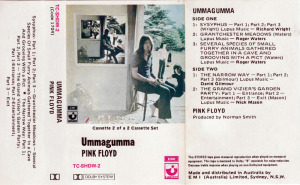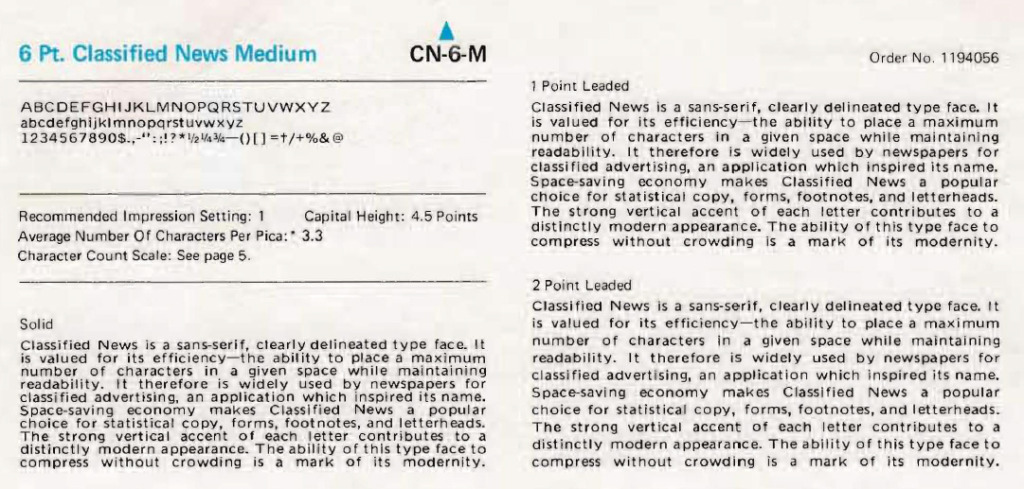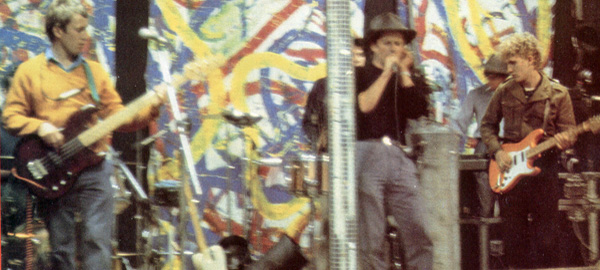Bond finally clambers into the 70s with Diamonds Are Forever; again, this is another one that I hadn’t ever really watched. But this time, unlike the rest so far, I kind of wish it’d stayed that way.
Yeah, spoilers ahead, for what it’s worth.
The Opening
Things kick off with a montage of Bond placing various agents under duress looking for Blofeld, before he comes across his arch-foe, dispatching The Feld to the ever-after for the last time.
The Titles and Soundtrack
Diamonds and fluffy white puddy-tats, basically. Shirley Bassey returns to sing the title song about fondling jewels; it’s an OK number but really only the chorus is distinctive. After John Barry dropped the heavy artillery the last time around, things seem pretty tame
The Locations
The set-up for the premise is established in Not South Africa, although Bond himself doesn’t go there – instead, he’s diverted to Amsterdam where he adopts the cover as the diamond smuggler Peter Franks, bumping off the real Mr Franks on the way. The bulk of the action takes place in Las Vegas and the surrounding desert – hard not to think of Hunter S Thompson at times. The anti-climactic battle takes place on an oil rig off the Baja California. The final scenes take place on the cruise ship Canberra.
The Mastermind
Yeah, Blofeld’s back, this time in the guise of Charles Gray – Bond had actually bumped off one of his doubles in the opening. In fact Blofeld has assumed the identity of Las Vegan tycoon Willard Whyte (Jimmy Dean), who is being held captive in a really snazzy house by two acrobat assassins called, wait for it, Bambi and Thumper. Yeah.
Anyway the big plot this time is that Blofeld is using the Whyte’s facilities and services of Doctor Metz (Joseph Furst) to obtain a laser satellite to zap things and just generally hold the world to ransom. You know, the usual SPECTRE crap.
I can’t even figure out how Bond foils this plot, all I know is that it ends with the oil rig blowing up. It’s a big confusing schemozzle to do with some cassettes, Blofeld’s escape sub gets used as a wrecking ball, and dammit, I stopped caring about the plot half an hour earlier anyway.
Oh, and there’s the two creepy assassins called Mr Wint and Mr Kidd who complete the other’s sentences after each job, and their apparent relationship marks the first break with hereto-normativity in the series. Despite this, they’re as incompetent as everyone else in this godawful movie, after three attempts at killing Bond and surviving Blofeld’s general policy on failure. In the end they are finally outsmarted by Bond after he lets them knock him out twice.
The Squeeze
Tiffany Case (Jill St. John) is introduced as Bond’s diamond smuggling contact in Amsterdam, but seems less than capable compared with previous squeezes. At the start she seems diligent enough, checking Bond is actually Franks (which he is, since Bond bonded fake fingerprints to complete his cover) but as the plot congeal, she seems none the wiser through the film. Probably understandably, Bond just does what is natural for him – gets the girl, kills the baddies – but not much more.
Also Plenty O’Toole (zing! It’s Lana Wood) – serves as a distraction although she gets sacrificed in service of the plot, whatever it was.
The Gadgets
Q-Branch’s services are utilised without the usual Chekov’s Gun sequence, with the fake fingerprints, a pocket snap trap in the opening, and Q’s own voice-changing device used to counter Blofeld’s.
Again, Desmond Llewllyn’s Q himself gets a chance to stretch as he uses another of his devices to merrily entice a row of poker machines to cough up their booty. Presumably the scene where he gets kneecapped by the Vegas mafia was omitted.
The Farce
Look, it seems easier to reel off what I did like about this film; umm, I liked the red Ford Mustang was nice, the car chase scene with the cops was pretty amusing. OK, the whole film was a farce. But I can’t even say it’s the worst film for that, being more familiar with some of the later ones. You probably know the ones I mean.
Overall
I guess it was pretty enjoyable as a bad Bond film – all the elements were there, but it definitely felt like a case of going through the motions, particularly for Sean Connery who’d been enticed back into service with a big cheque before he went off to do such masterpieces as Zardoz – not being entirely sarcastic there.
Of course, was that if Lazenby chose to stay with the firm, it seems obvious that the ending of OHMSS would’ve been acknowledged or even transferred to the beginning of DAF. After the attempts to assert continuity in the last film, such pretence seems to been abandoned more or less with Connery’s (brief) return.
I think the biggest problem with this was that the plot sort of emerges half-baked without the required exposition. Also there was the camp factor being turned up a notch, which takes a particular kind of actor to pull off in an entertaining fashion. A more tongue-in-cheek approach would be the direction the producers would pursue all through the ’70s, but fortunately for the series the ideal actor was about to come along. I’ll have more to say about that in the next few posts, naturally.
As for Diamonds Are Forever, it’s 11 moon buggies out of 20 for me.



